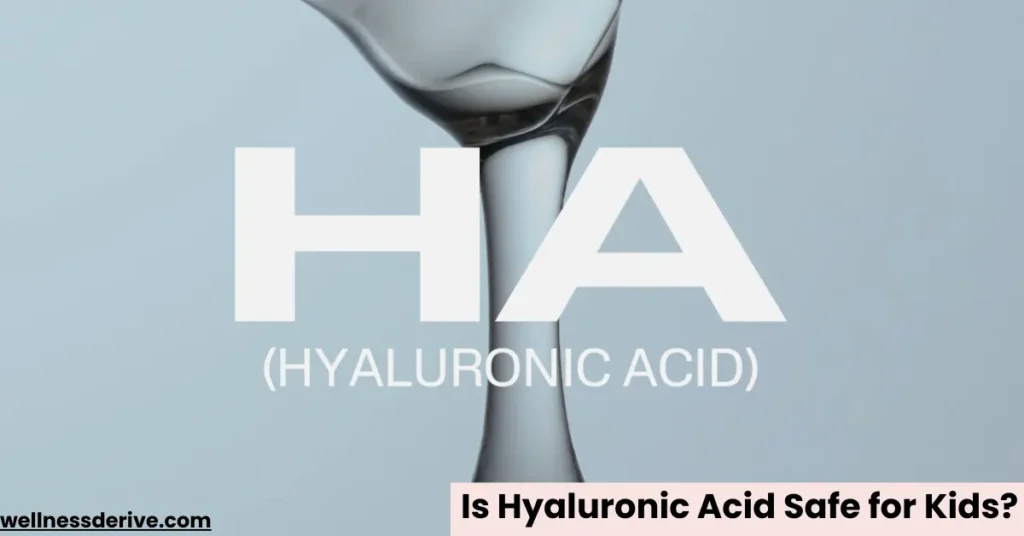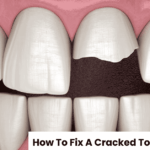As skincare awareness grows among younger generations, a common question many parents face is: “Is hyaluronic acid safe for kids?” Whether it’s tweens battling dryness in winter or teens experiencing acne-related dehydration, parents want safe, effective, and gentle skincare options. Hyaluronic acid, a naturally occurring compound in our skin, seems like an ideal choice—but is it really suitable for young skin?
In this comprehensive guide, we’ll explore the benefits, safety, proper use, and expert opinions regarding hyaluronic acid for children and teenagers, and clarify when and how it can be safely introduced into their skincare routines.
What is Hyaluronic Acid and Why Is It So Popular?
Hyaluronic acid is a humectant—a molecule that attracts and retains moisture. Found naturally in the skin, joints, and eyes, its primary function is to keep tissues hydrated and lubricated. It can hold up to 1,000 times its weight in water, making it a powerhouse hydrator.
You’ll find it in serums, moisturizers, creams, and even eye drops. But while it’s often promoted for aging skin, its gentle, non-comedogenic, and lightweight properties make it suitable for much younger users as well.
Is Hyaluronic Acid Good for Young Skin?
Yes, hyaluronic acid is safe and effective for kids and teens—when used correctly.
Let’s break this down by age group and skincare need:
Hyaluronic Acid for Kids (Ages 8–12)
Can kids use hyaluronic acid?
Yes, but with parental supervision and when genuinely needed. For pre-teens experiencing dry skin from environmental factors like cold weather or indoor heating, hyaluronic acid offers a gentle solution.
Benefits for children:
- Provides gentle hydration without harsh chemicals
- Strengthens the skin barrier
- Reduces minor irritation or dryness
- Non-comedogenic and unlikely to clog pores
Best practice: Use low-concentration formulas in moisturizers once daily (preferably in the evening). Always patch-test before full use.
Hyaluronic Acid for Teens (Ages 13–19)
Can teens use hyaluronic acid?
Absolutely. Teenage skin can range from oily and acne-prone to sensitive and dry, making hyaluronic acid’s balancing hydration highly valuable.
Why it’s ideal for teenage skin:
- Helps manage oiliness by hydrating without adding grease
- Aids in soothing acne-induced inflammation
- Supports barrier repair from acne treatments
- Enhances absorption of other skincare ingredients
Should teens use hyaluronic acid daily?
Yes, especially when dealing with dryness, tightness, or using active treatments like benzoyl peroxide or salicylic acid. It’s best used after cleansing, on damp skin, followed by a gentle, non-comedogenic moisturizer.
How Old Should You Be to Use Hyaluronic Acid?
There’s no strict age requirement. Children as young as 10 or 11 can use it if experiencing dry or irritated skin. However, it’s not necessary unless there’s a visible skin concern, and the product should be age-appropriate and dermatologist-approved.
Pro Tip: Less is more. Younger skin is naturally resilient. Hyaluronic acid should support—not overwhelm—the skin’s balance.
How to Safely Introduce Hyaluronic Acid to a Young Skincare Routine
1. Start with Low Concentration Products
Look for products specifically labeled for kids or teens. Avoid professional-strength serums or those paired with harsh exfoliants.
2. Apply to Damp Skin
To maximize its moisture-retaining benefits, apply hyaluronic acid to slightly damp skin, followed by a moisturizer to seal it in.
3. Patch Test First
Before applying to the entire face, test a small amount behind the ear or on the wrist. Wait 24 hours to check for irritation or redness.
4. Avoid Layering with Irritants
Don’t mix hyaluronic acid with retinoids or AHAs/BHAs in children’s routines unless guided by a dermatologist.
5. Use Once Daily (Nighttime is Best)
Evening application aligns with the skin’s natural repair cycle, making it ideal for young users.
Is Hyaluronic Acid Safe for 11–13 Year Olds?
Many parents wonder, can a 12-year-old use hyaluronic acid serum?
Yes, hyaluronic acid is good for 12 and 13-year-olds, especially if their skin is feeling dry, flaky, or reactive. It’s also helpful if they’ve started using acne treatments that may be drying.
Brands like Bare Addiction have developed teen-focused moisturizers with 0.1% hyaluronic acid, niacinamide, and botanical extracts that work harmoniously with sensitive skin.
Is Hyaluronic Acid Safe Overall?
According to Research:
- Topical hyaluronic acid is generally safe when applied appropriately.
- Rare allergic reactions can occur but are extremely uncommon.
- Its biocompatibility makes it ideal for younger users.
However, always consult a healthcare provider before introducing any skincare product for kids, especially if your child:
- Has eczema, scleroderma, or a history of skin allergies
- Is undergoing medical treatment
- Has skin injuries or infections
When to Avoid Hyaluronic Acid
Hyaluronic acid may not be suitable if:
- The child has a rare allergy to it (patch test essential)
- It’s being used during radiation therapy (consult your doctor)
- It’s applied alongside invasive treatments or peels in children
FAQs: Hyaluronic Acid for Kids
Conclusion: Is Hyaluronic Acid Good for Children’s Skin?
Yes—hyaluronic acid is good for kids, teens, and tweens when chosen and applied responsibly. It’s gentle, hydrating, and an ideal introduction to skincare for young users. Whether your child is starting to develop a skincare routine or needs support for dry, irritated skin, hyaluronic acid provides a safe, effective foundation.
Always go with age-appropriate products, patch-test, and ensure you’re not overcomplicating their routine. Hydration is the first step to healthy skin—and hyaluronic acid is a great way to get there.
Disclaimer: The content on Wellness Derive is for informational purposes only and not a substitute for professional medical advice, diagnosis, or treatment. Always consult a healthcare provider for medical concerns.



